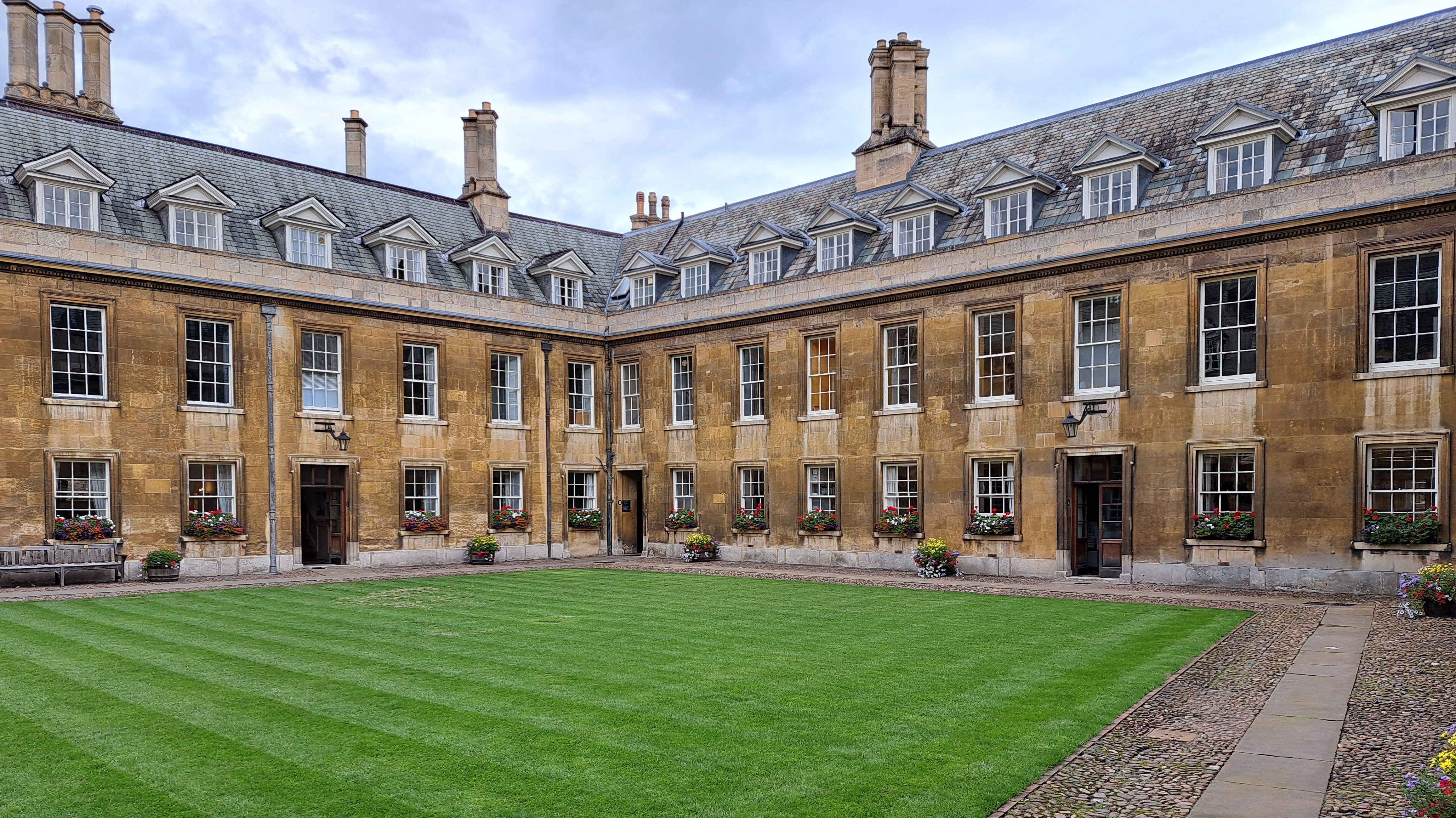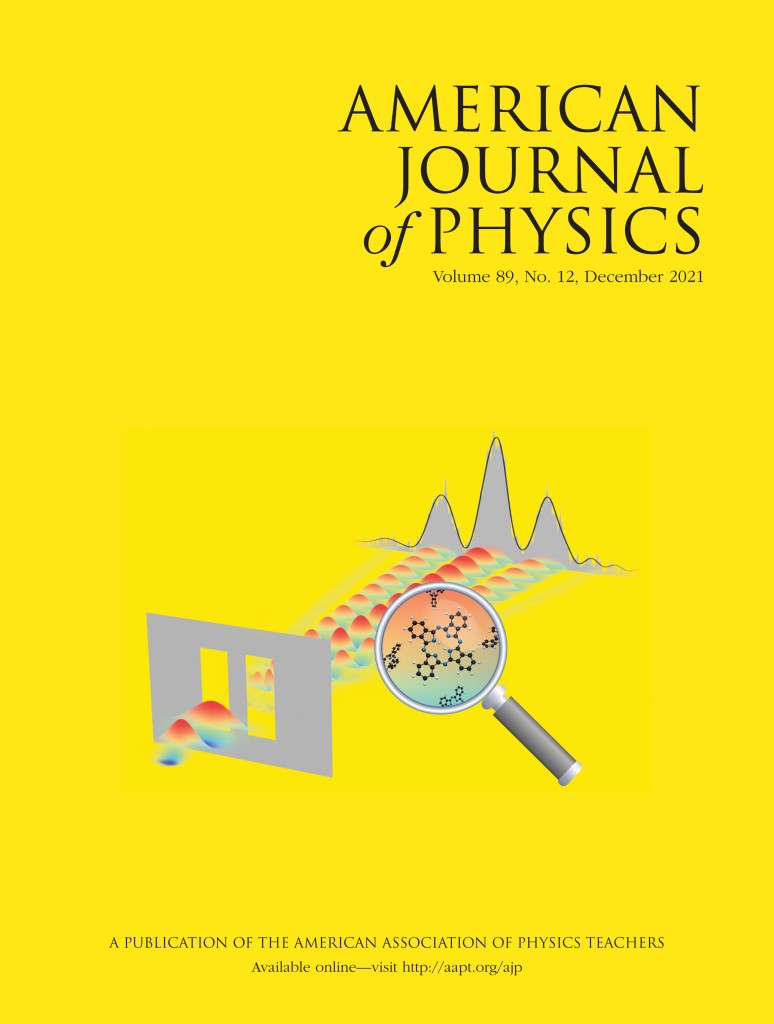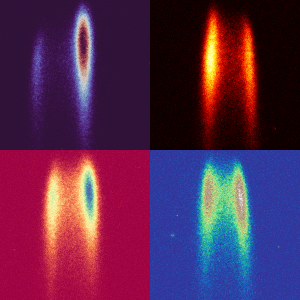Quantum technologies may shape the future of our planet in many ways, affecting the way we communicate, the questions we pose, and the answers we give. Already now, quantum effects provide the highest precision for a number of applications in metrology and sensing. So the time has come to transfer this knowledge from fundamental research to industrial applications.
This is a key challenge, and starting with today’s official inauguration the Institute of Quantum Technologies is joining in to bridge the gap. To achieve this goal, we work in close cooperation with industry and universities on several topics to bring quantum technologies to a prototype stage. Whatever the future may bring, I’m thrilled to make it a bit more quantum.
A trailer showcasing the different departments of the institute can be found here.



